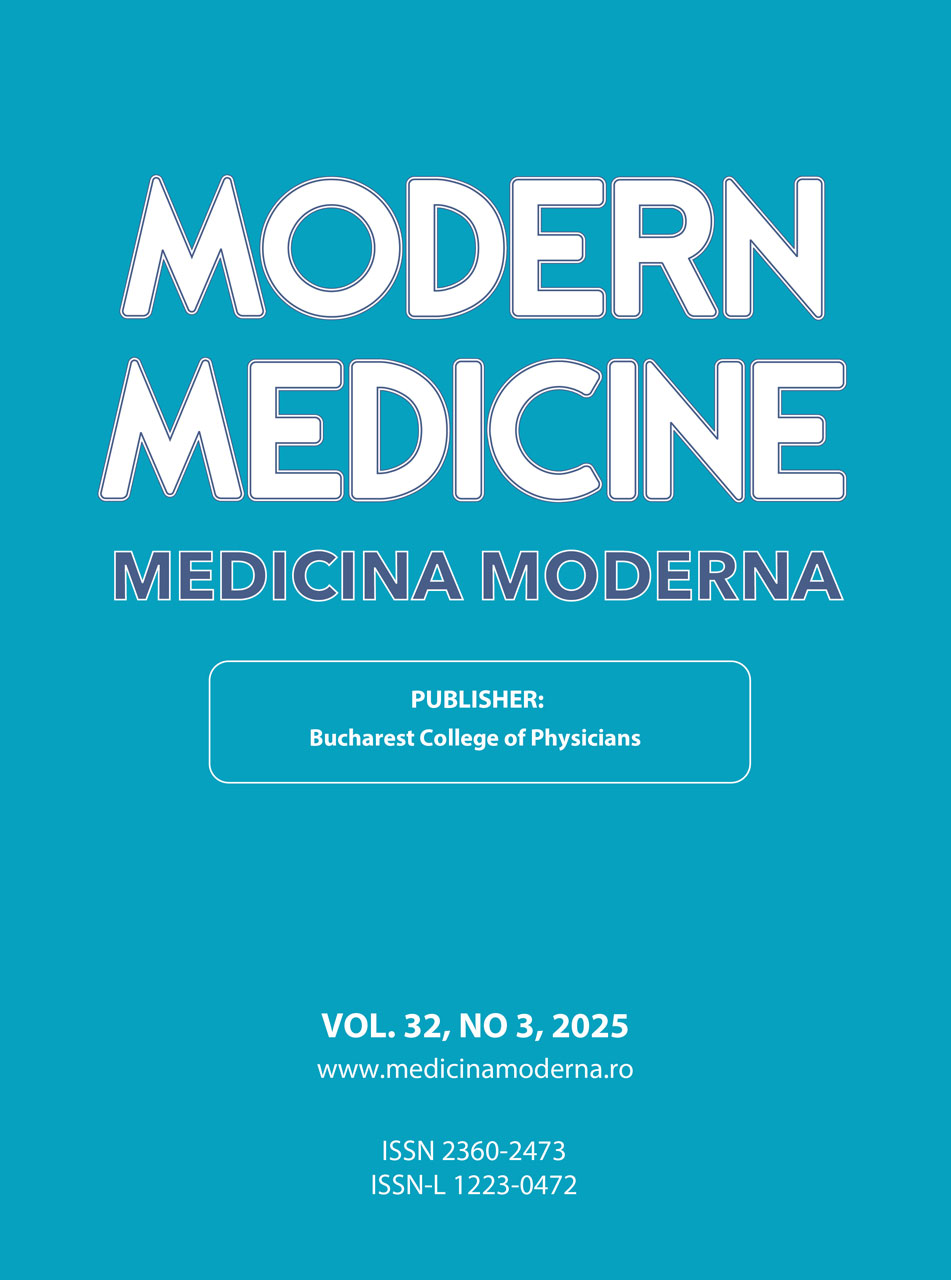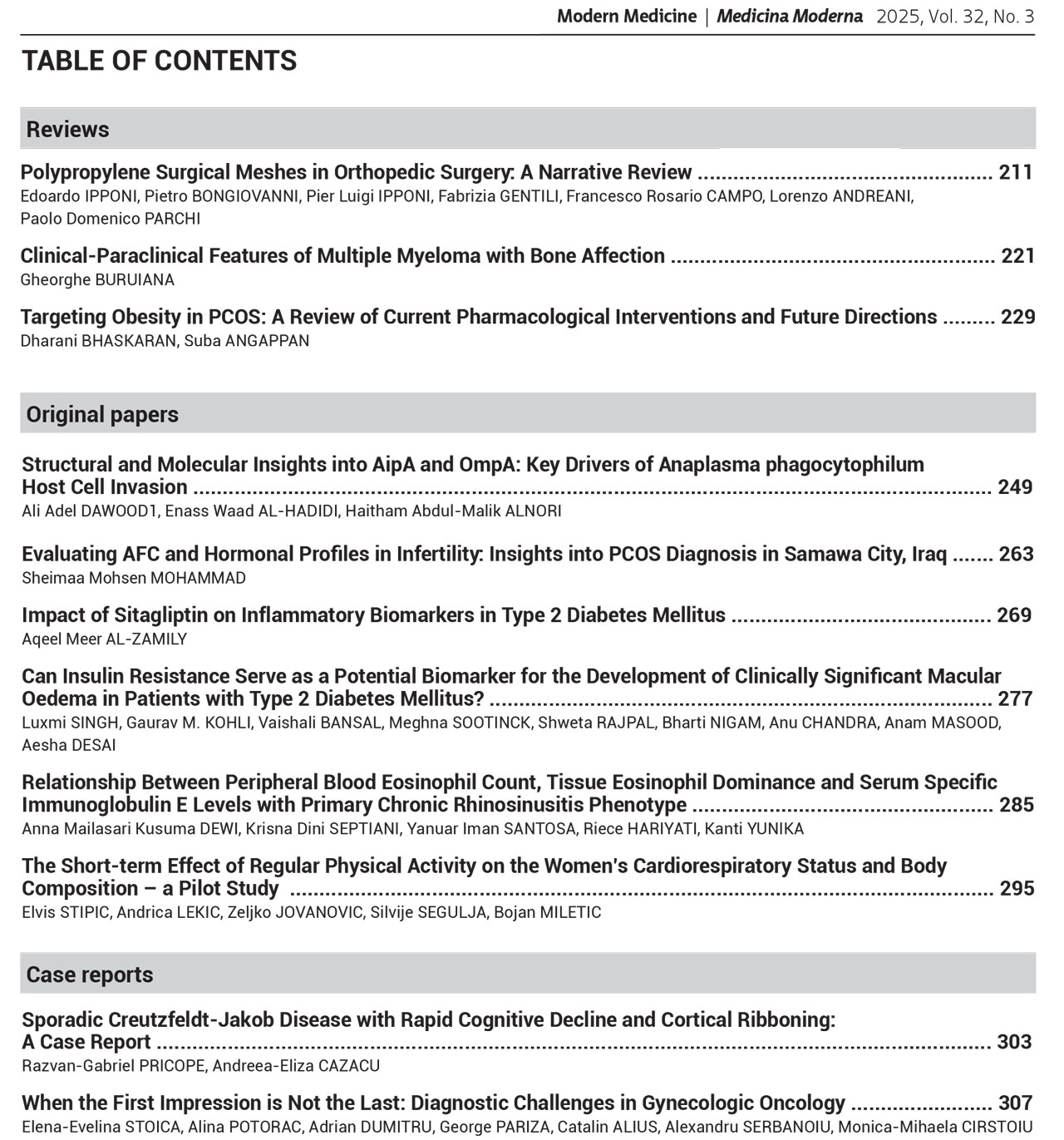Background: European Position Paper on Rhinosinusitis and Nasal Polyps (EPOS) 2020 proposed a novel primary chronic rhinosinusitis (CRS) phenotype classification. As the endotype and phenotype of primary CRS are highly heterogeneous, clinical evaluation to match these endotypes and corresponding clinical biomarkers with these novel phenotypes is still limited. This study aimed to evaluate the correlation between clinical inflammatory biomarkers and primary CRS phenotype. Materials and Methods: A retrospective study of 78 adult patients diagnosed with primary CRS was conducted. Peripheral eosinophil count, serum-specific immunoglobulin E (ssIgE), and primary CRS phenotyping data were collected from the electronic health record database of Dr. Kariadi General Hospital Semarang. The Chi-square test and phi coefficient were used to assess the correlation between variables. Results: Most patients have polysensitization allergen patterns, predominated by house dust mites (Tyrophagus putrescentiae, Dermatophagoides microceras, and Dermatophagoides farinae) and grass pollens (Bermuda grass, mix grass, and Timothy grass). peripheral eosinophil count and ssIgE are significantly correlated to primary CRS phenotype (r=+0.407, p<0.001; r=+0.342, p=0.002; respectively). We also found a small portion of some peculiar conditional probabilities of having non-eCRS given patients have peripheral eosinophilia and positive ssIgE (6.2% and 17.3%, respectively). Conclusion: peripheral eosinophils count and ssIgE are correlate to the CRS phenotype.





